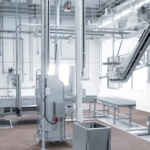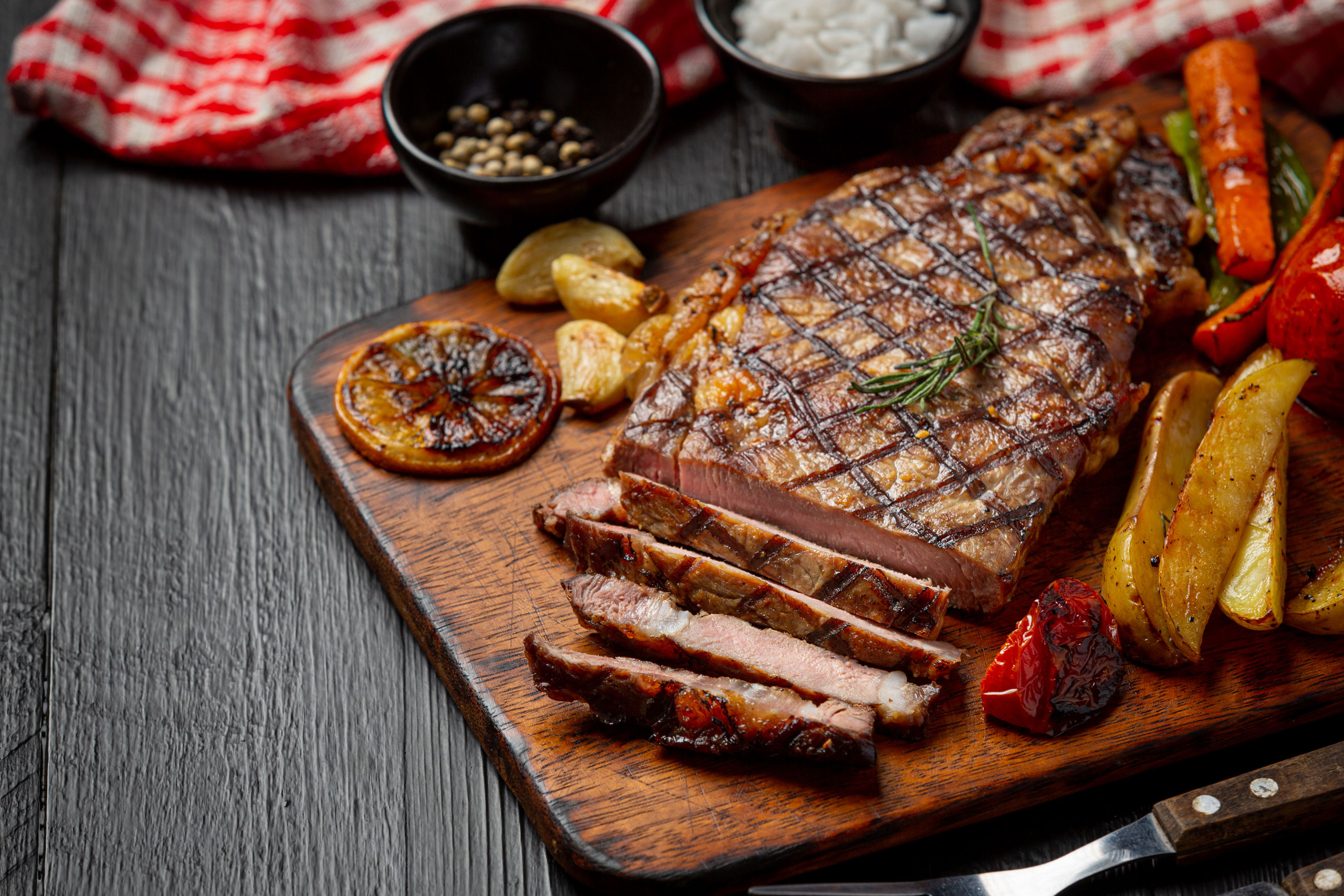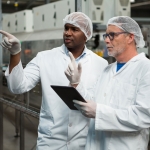
With advancements in automation, data management, and equipment, technology plays a pivotal role in enhancing efficiency, food safety, and animal welfare in abattoir design and processes.
This is an opinion piece or news article written by our staff.

Abattoirs play a critical role in this journey, serving as the gateway where livestock are transformed into meat products. In this article, we will trace the journey of meat in abattoir processes, highlighting the key stages involved and emphasizing the importance of traceability for consumer safety and confidence.
Receiving and Inspection
The journey begins when livestock arrive at the abattoir for processing. Rigorous receiving and inspection procedures are conducted to assess the health and condition of the animals. This includes checking for any signs of illness, injury, or contamination that could affect the safety and quality of the meat.
Stunning and Slaughter
Once the animals have passed inspection, humane stunning methods are employed to render them insensible to pain. This can be achieved through various techniques, such as electrical stunning or controlled atmosphere stunning. Following stunning, the animals are slaughtered, adhering to strict protocols to ensure a swift and humane process.
After slaughter, the animals are bled to remove blood from the carcass. This stage is crucial for both meat quality and hygiene purposes. The carcasses are then dressed, involving the removal of internal organs and any unwanted parts, following hygienic procedures to prevent contamination.
Inspection of the carcasses is carried out by trained personnel to identify any signs of diseases or abnormalities. This step ensures that only fit and healthy carcasses proceed for further processing, safeguarding consumer health and adhering to regulatory requirements.
During evisceration, the remaining internal organs and unwanted parts are removed from the carcass. Thorough cleaning of the carcass is also performed to remove any potential contaminants, ensuring the production of safe and hygienic meat.
Chilling the carcasses at appropriate temperatures is essential to maintain freshness and inhibit bacterial growth. This stage allows the meat to undergo a process called aging, which enhances tenderness and flavor. Controlled chilling conditions contribute to the preservation of meat quality during storage and transportation.
At this stage, the carcasses are further processed into various cuts, portions, and meat products. Skilled butchers or automated cutting systems are employed to ensure precision and consistency in product preparation. Strict hygiene practices are followed to prevent cross-contamination and maintain product integrity.
After cutting and processing, the meat products are packaged using appropriate materials and methods to preserve freshness and extend shelf life. Proper labeling and traceability information are included on the packaging to enable consumers to make informed choices and facilitate product recall if necessary. Storage conditions, such as temperature control and inventory management, are crucial for maintaining product quality and safety.
Once packaged, the meat products are distributed to retailers, supermarkets, restaurants, and other outlets. Efficient supply chain management ensures the timely delivery of products while maintaining temperature control and traceability throughout the distribution process. Retailers play a vital role in upholding food safety standards by storing and handling meat products properly until they reach the consumer.
The journey of meat from farm to fork encompasses numerous stages in abattoir processes, each playing a crucial role in ensuring the safety, quality, and ethical sourcing of meat products. From receiving and inspection to stunning, slaughter, dressing, evisceration, chilling, cutting, packaging, and distribution, stringent adherence to hygiene practices, traceability, and regulatory requirements is essential. By understanding and appreciating the journey of meat, consumers can have confidence in the safety and quality of the products they consume, while abattoirs and the wider meat industry continue to prioritize consumer welfare and satisfaction.

With advancements in automation, data management, and equipment, technology plays a pivotal role in enhancing efficiency, food safety, and animal welfare in abattoir design and processes.

Abattoirs play a critical role in this journey, serving as the gateway where livestock are transformed into meat products.

When it comes to abattoir operations, there are different models to consider, including small-scale and large-scale facilities.

Compliance with these regulations is essential to protect public health, maintain industry reputation, and adhere to legal requirements.